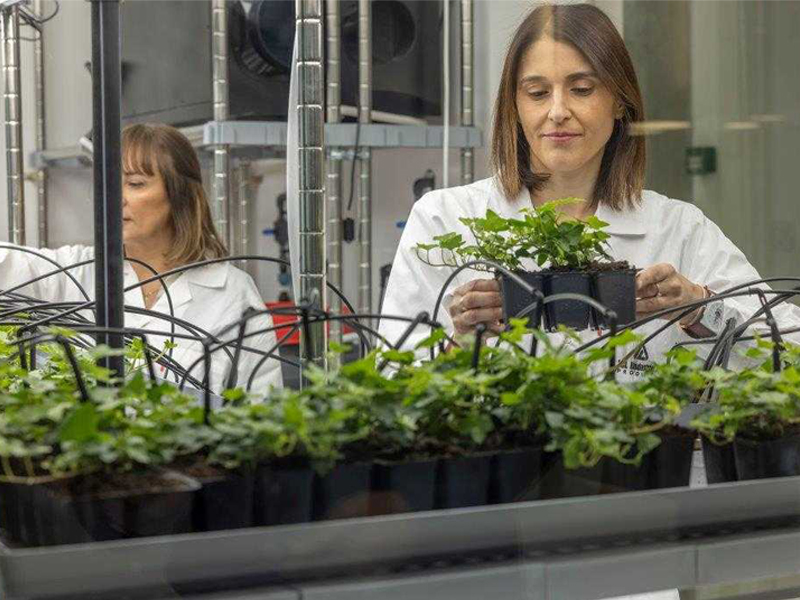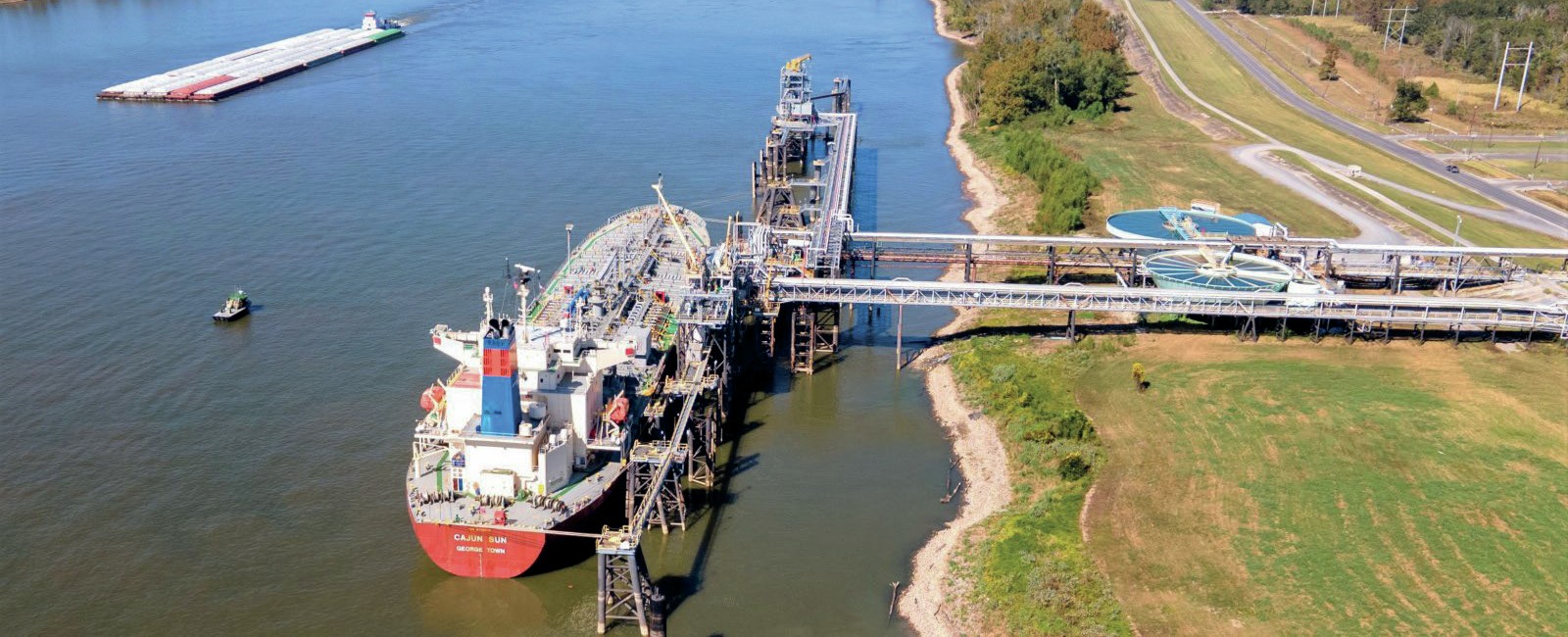Sulphur 415 Nov-Dec 2024

30 November 2024
Morocco’s phosphate drive
“All of this additional processed phosphate capacity will of course necessitate importing large amounts of sulphur…”
OCP’s recent award of a contract to Worley Chemetics for three new greenfield sulphuric acid plants has confirmed the phosphate giant’s plans for its new Mzinda Phosphate Hub in Morocco, one of the largest investments in new phosphate capacity anywhere in the world over the next few years. It is part of a number of new investments under way in Morocco as OCP continues to expand its already considerable phosphate facilities. Three new fertilizer lines came onstream at Jorf Lasfar in 2023 and 2024, each with a capacity of 1 million t/a of diammonium phosphate (DAP). The Mzinda mega-project will add another 4 million t/a of triple superphosphate (TSP) capacity by around 2028-29, and will relieve some of the issues that OCP has in importing ammonia for DAP production, as TSP only requires phosphate rock and phosphoric acid. There is also an additional 1 million t/a of TSP capacity under construction at Jorf Lasfar, which is expected to be completed next year, and OCP also announced last year that it would build an integrated purified phosphoric acid (PPA) plant at Jorf Lasfar. The first phase of the project consists of 200,000 t/a of P2 O5 pretreated phosphoric acid capacity, 100,000 t/a (P2 O5 ) of PPA capacity, and 100,000 t/a of technical MAP (tMAP) capacity. The site will also be home to downstream production of phosphate salts and lithium iron phosphate (LFP) capacities. The initial plants will be delivered starting in mid-2026, carrying through into 2029, constructed in conjunction with JESA, a joint venture between OCP and Worley.
These announcements build on already aggressive expansions in downstream phosphate capacity that OCP has been building over the past two decades, and which have seen OCP’s share of the world finished phosphate market grow to reach 28% in 2023, overtaking China to become the world’s largest exporter in 2020. Aside from Saudi Arabia’s Ma’aden III Phosphate project, almost all of the incremental supply in the phosphate market in the medium term will come from Morocco. In order to meet these new commitments, OCP intends to dramatically increase its rock production capacity to 70 million t/a by 2028, up from 47.5 million t/a in 2023. While this figure may be too ambitious even for OCP, the company remains possessed of 75% of the world’s estimated phosphate reserves, and has the lowest cost production capacity. Consequently, OCP seems set to continue to exert its dominance over the global phosphate market.
As Morocco has very little domestic sulphur production or metal smelting capacity, all of this additional processed phosphate capacity will of course necessitate importing large amounts of sulphur and sulphuric acid and the construction of new sulphur burning sulphuric acid plants in Morocco, such as the Chemetics ones slated for Mzinda. Morocco is expected to use 7.4 million t/a of sulphur in 2024, and this could rise to 9.3 million t/a by 2029, possibly even leading to Morocco overtaking the USA as a consumer of sulphur, and putting it second only to China. Most of this sulphur is likely to be sourced from the Middle East, particularly the large new refinery and sour gas projects coming on stream over the next few years, and Morocco may be a key factor in balancing potential market oversupply over that period.






